Filter by
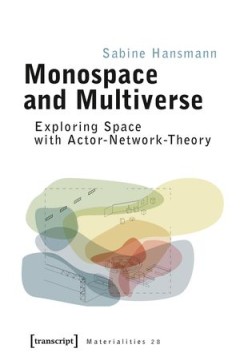
Monospace and Multiverse: Exploring Space with Actor-Network-Theory
In contrast to buildings divided by walls, monospace buildings are determined far less by its shell than by a reciprocal relationship between space and practices, objects, materials, and human bodies. Using the example of such one-room-architectures, this book explores the potential of an actor-network-theory (ANT) approach to space in the field of architecture. Sabine Hansmann focuses on the S…
- Edition
- -
- ISBN/ISSN
- 9783839455029
- Collation
- -
- Series Title
- -
- Call Number
- 720
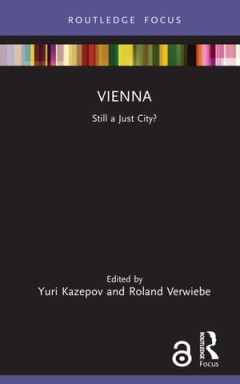
Vienna :Still a Just City?
This book explores and debates the urban transformations that have taken place in Vienna over the past 30 years and their consequences in policy fields such as labour and housing, political and social participation and the environment. Historically, European cities have been characterised by a strong association between social cohesion, quality of life, economic ambition and a robust State. Vie…
- Edition
- -
- ISBN/ISSN
- 1000540421, 9781000540420
- Collation
- -
- Series Title
- -
- Call Number
- 720
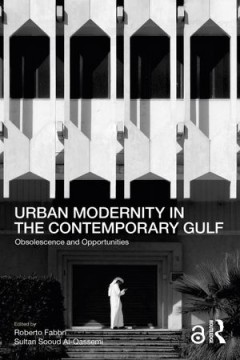
Urban Modernity in the Contemporary Gulf: Obsolescence and Opportunities
- Edition
- -
- ISBN/ISSN
- 100045553X, 9781000455533
- Collation
- -
- Series Title
- -
- Call Number
- 720
- Edition
- -
- ISBN/ISSN
- 100045553X, 9781000455533
- Collation
- -
- Series Title
- -
- Call Number
- 720
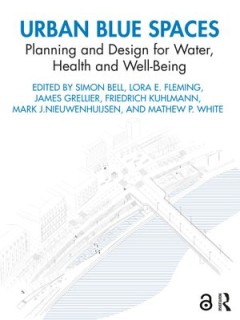
Urban Blue Spaces : Planning and Design for Water, Health and Well-Being
This book presents an evidence-based approach to landscape planning and design for urban blue spaces that maximises the benefits to human health and well-being while minimising the risks. Based on applied research and evidence from primary and secondary data sources stemming from the EU-funded BlueHealth project, the book presents nature-based solutions to promote sustainable and resilient citi…
- Edition
- -
- ISBN/ISSN
- 0429508484, 9780429508486
- Collation
- -
- Series Title
- -
- Call Number
- 720
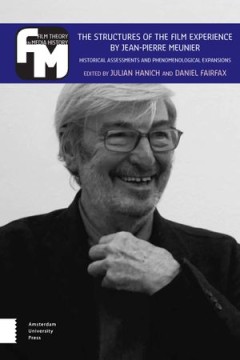
The Structures of the Film Experience by Jean-Pierre Meunier : Historical Ass…
For the first time this volume makes Jean-Pierre Meunier’s insightful thoughts on the film experience available for an English-speaking readership. Introduced and commented by specialists in film studies and philosophy, Meunier’s intricate phenomenological descriptions of the spectator’s engagement with fiction films, documentaries and home movies can reach the wide audience they have des…
- Edition
- -
- ISBN/ISSN
- 978 90 4853 784 6
- Collation
- -
- Series Title
- -
- Call Number
- 791.43 STR
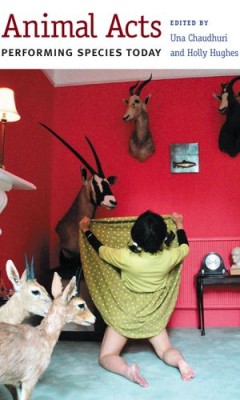
Animal Acts Performing Species Today
We all have an animal story—the pet we loved, the wild animal that captured our childhood imagination, the deer the neighbor hit while driving. While scientific breakthroughs in animal cognition, the effects of global climate change and dwindling animal habitats, and the exploding interdisciplinary field of animal studies have complicated things, such stories remain a part of how we tell the …
- Edition
- -
- ISBN/ISSN
- 9780472901104
- Collation
- -
- Series Title
- -
- Call Number
- -
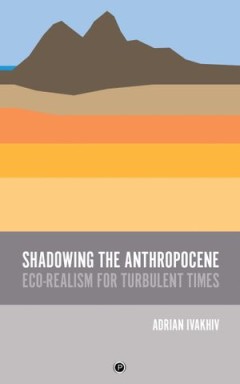
Shadowing The Anthropocene Eco-Realism For Turbulent Times
A spectre is haunting humanity: the spectre of a reality that will outwit and, in the end, bury us. “The Anthropocene,” or The Human Era, is an attempt to name our geological fate – that we will one day disappear into the layer-cake of Earth’s geology – while highlighting humanity in the starring role of today’s Earthly drama. In Shadowing the Anthropocene, Adrian Ivakhiv proposes a…
- Edition
- -
- ISBN/ISSN
- 9781947447875
- Collation
- -
- Series Title
- -
- Call Number
- -
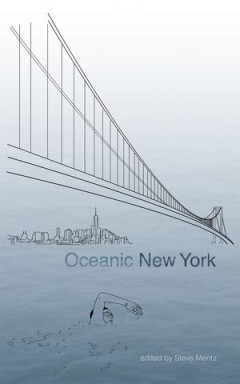
Oceanic New York
This volume comprises a three-fold object, Book and Ocean and New York City. If this Book were Ocean, how would it feel between your fingers? Wet and slippery, just a bit warmer or colder than the air around it, since the Ocean is our planet’s greatest reservoir of heat, a sloshing insulator and incubator girdling our globe. If its pages were New York City, how would they abrade your imaginat…
- Edition
- -
- ISBN/ISSN
- 9780692496916
- Collation
- -
- Series Title
- -
- Call Number
- -
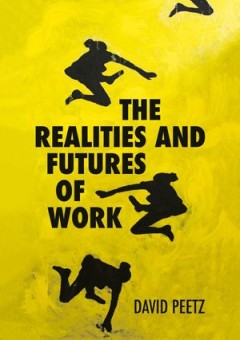
Fields of Gold: Financing the Global Land Rush
Fields of Gold critically examines the history, ideas, and political struggles surrounding the financialization of farmland. In particular, Madeleine Fairbairn focuses on developments in two of the most popular investment locations, the US and Brazil, looking at the implications of financiers' acquisition of land and control over resources for rural livelihoods and economic justice. At the hear…
- Edition
- -
- ISBN/ISSN
- 9781501750090
- Collation
- -
- Series Title
- -
- Call Number
- -
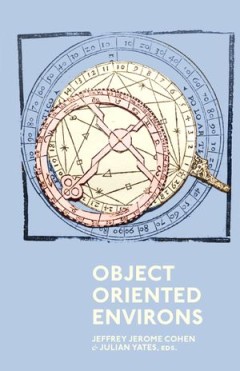
Object Oriented Environs
Object Oriented Environs is the lively archive of a critical confluence between the environmental turn so vigorous within early modern studies, and thing theory (object oriented ontology, vibrant materialism, the new materialism and speculative realism). The book unfolds a conversation that attempts to move beyond anthropocentrism and examine nonhumans at every scale, their relations to each ot…
- Edition
- -
- ISBN/ISSN
- 9780692642030
- Collation
- -
- Series Title
- -
- Call Number
- -
 Computer Science, Information & General Works
Computer Science, Information & General Works  Philosophy & Psychology
Philosophy & Psychology  Religion
Religion  Social Sciences
Social Sciences  Language
Language  Pure Science
Pure Science  Applied Sciences
Applied Sciences  Art & Recreation
Art & Recreation  Literature
Literature  History & Geography
History & Geography